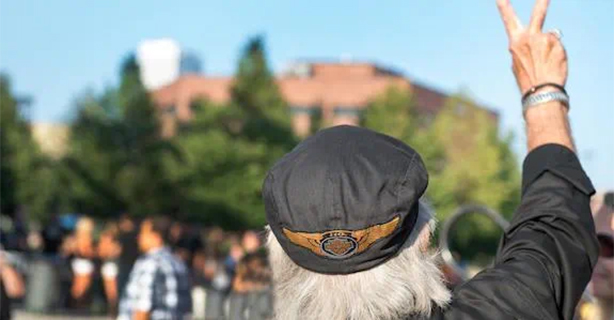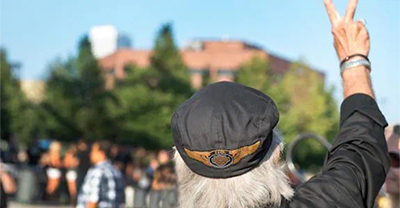Safety on a motorcycle starts with visibility, and that means knowing how to communicate without saying a word. This guide covers the full spectrum of motorcycle hand signals, from the basic indicators every rider must master to the advanced signals used in group riding and hazard awareness. If you're committed to safe, responsible riding, these are non-negotiable skills.
Think your turn signals are enough on a motorcycle? Think again.
Whether you're riding solo or in a group, relying solely on electronic signals can leave you vulnerable when they fail—or when drivers simply don't notice. That’s where motorcycle hand signals come in.
Mastering these signals is more than a safety precaution—it's a rider’s silent language on the road. In this post, you’ll learn the essential hand gestures every biker should know, from basic turns to group ride coordination and hazard warnings.
Ready to ride smarter and safer? Let’s break down the signals that every confident motorcyclist uses.
FIVE HAND SIGNAL SAFETY FUNDAMENTALS
Use the left arm for hand/arm signals so your right hand stays on the throttle and front brake.
Control first, signal second. If removing your hand compromises control, use your lamps and lane position instead.
Hold each signal 2–3 seconds when safe; repeat if needed.
Know your local law. Signal at least 100 ft before turns; some states require longer at higher speeds or specify time-based signaling on freeways.
BASIC BIKER HAND SIGNS YOU NEED TO KNOW
1. Left Turn
Bring your left arm out from your side. Hold it straight, ensuring your arm is parallel to the ground.
Your palm should be facing downward.
2. Right Turn
Again, extend your left arm out to the side.
This time when you extend your arm, bend it at the elbow, pointing your hand upward. This creates a 90-degree angle.
Clench your fist.
3. Stop
As with any hand signal, you'll start by extending your left arm out to the side.
Bend your arm at the elbow, but point your hand and fingers downward this time, creating a 90-degree angle.
Your palm should face the rider behind, indicating the ‘stop' sign.
Briefly tap your brake lever to flash your brake light before or as you give the stop signal to increase conspicuity.
Tip: Remember to hold each hand signal long enough (about 2–3 seconds) for other road users to see and understand your intentions, conditions permitting.
GROUP RIDE HAND SIGNALS
Before departure for a group ride, agree on formation (staggered/single), passing plan, fuel and rest cadence, lead/sweep roles, and how signals will be relayed by each rider.
4. You Lead
To tell the rest of the group that you are taking the lead position, use the following hand signal:
Extend your left arm out at around a 45-degree angle.
Your left palm should be forward, and you should point with your left index finger.
Swing in an arc from the back to the front shows you will take the lead.
Be sure the current lead acknowledges it before you move.
5. Speed Up
If the group needs to increase pace within posted limits and conditions allow:
Extend your left arm straight out.
With your palm facing up, swing your palm upward in a lifting motion.
6. Slow Down
Time to reduce speed?
If everyone is going too fast, let them know by extending your left arm to the side, with your palm facing downward.
Swing your arm down toward your side (pushing air down). You can repeat this several times to make sure everyone sees it.
7. Follow Me
When you want the group to follow you or change lanes, do the following:
Extend your left arm straight up from your shoulder.
Ensure your left palm faces forward.
Each rider should relay the signal so the sweep sees it.
8. Single File
To inform the group to ride in a single-file formation, you should:
Again, bring your left arm straight up from your shoulder.
Point your left index finger straight up too.
9. Double File
When you want the group to ride in a double-file formation, you should:
Again, bring your left arm straight up from your shoulder.
Point your index finger and your middle finger straight up.
10. Comfort Stop
We all need a comfort stop from time to time. To let the rest of the group know, follow these steps:
Extend your forearm to the side with your left fist clenched.
Move your arm up and down in short motions.
11. Refreshment Stop
Need a more extended break or some refreshments?
Close your fingers in a ball and use your thumb to point to your mouth.
12. Fuel Stop
If you need to refuel, you can use this gesture:
Extend your left arm to the side.
Point to the tank with your finger extended.
13. Pull Off
When you want to indicate that the group should pull off the road, use the following hand signal:
Position your arm as if you're going to make a right turn.
Swing your forearm toward your shoulder.
14. Roadway Hazard Right (Leg)
If there's a potential hazard on the right side of the road, alert the group by:
Extending your right leg out to the side, pointing towards the threat.
Keep the gesture brief so as not to compromise control.
15. Roadway Hazard Left (Hand and Leg)
The following is advised for hazards on the left side of the road:
Extend your left arm out to the side, pointing toward the hazard.
Tip: Always signal hazards early and distinctly. Riders behind need time to see, understand, and avoid.
BIKER-TO-BIKER HAND SIGNALS
16. Your Blinker Is On
Have you noticed that another rider's turn signal is inadvertently left on? To alert them:
Bring your left arm out to the side.
Alternate between making a clenched fist and extending your fingers.
17. Police Speed Trap Or Police Activity Ahead
To warn fellow riders of a police speed trap, you can use the following hand signal:
Extend your left arm out to the side.
Repeatedly move your hand up and down on the top of your helmet in a patting motion.
18. Wave To Fellow Bikers
Motorcyclists often use hand signals to acknowledge and show respect to each other while riding. One standard hand signal is the two-finger low wave:
Bring your left hand to the side, palm facing downward.
Slightly extend your two fingers (index and middle) in a low wave resembling the peace sign.
HAND SIGNAL BEST PRACTICES
Use Clear, Obvious Arm Movements
Keep your hand signals deliberate and distinct to ensure they are easily noticeable and recognizable, even from a distance.
Avoid using ambiguous or confusing gestures that may lead to misinterpretation.
Before Changing Lanes Or Turning, Signal with Adequate Lead Time
If you signal at the last moment it can lead to confusion and increase the risk of an incident.
Signaling at least 100 ft before a turn or lane change is a common minimum. Use more distance at higher speeds. Some jurisdictions specify 200–300 ft or time-based signaling on freeways. Check your state handbook to verify local laws.
Safety Should Always Be Your Priority
Prioritize your safety and ensure you can maintain control of your motorcycle while using hand signals.
Keep both hands on the handlebars whenever necessary, especially during critical maneuvers or when navigating challenging road conditions.
Never Use Hand Signs At Night
Bike hand signals are most effective during daylight hours when other drivers can easily see and interpret them. However, hand signals may not be visible or clearly understood at night, increasing the risk of miscommunication.
Instead, always prioritize your motorcycle's functioning turn signals and brake lights when riding at night for maximum visibility. Use hand signals only as a supplemental cue when safe and visible (e.g., reflective gloves, well-lit areas).
BOTTOM LINE ON PROPERLY USING HAND SIGNALS
You cannot ignore the importance of using hand signals properly while riding a motorcycle to enhance your visibility, reduce the risk of miscommunication, and promote safer riding experiences.
But safe riding isn’t just smart, it can also save you money.
Mastering motorcycle hand signals is a key part of responsible riding, and many insurance providers recognize that. In fact, safe driving habits could help you qualify for discounted premiums.
Ready to see how much you could save? Call 1-800-909-8393 or get a free motorcycle insurance quote online today and reward your commitment to safety.
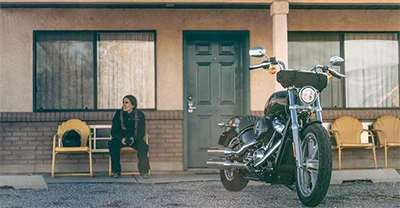
When transporting your motorcycle, you want it to arrive in the same condition it left. These tips will help your ride arrive safely and securely.
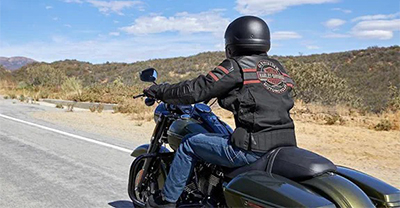
After a long ride or that long-awaited trip, you may be feeling the effects: backache, pain in your arms, or tension in your legs. Here are some stretching tips for a speedy recovery.
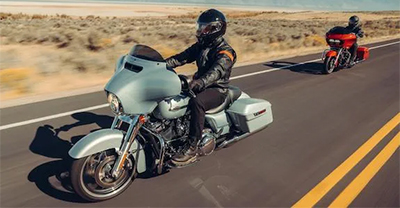
Planning a motorcycle trip can be an exciting experience. Use this checklist to help ensure you are fully prepared for anything you encounter on your journey.
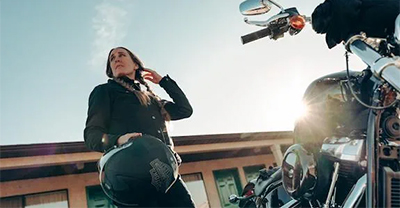
Getting a motorcycle license can differ from state to state. Discover the breakdown of the different requirements to obtain a license in your state.

